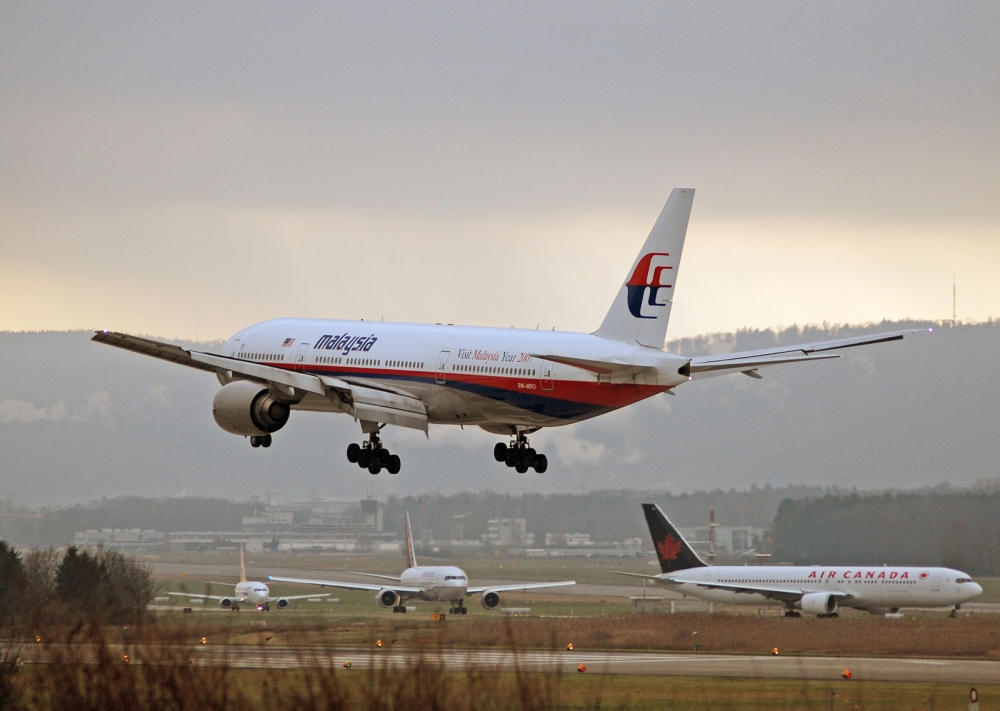Crash expert says new MH370 debris suggests destructive end
30 November, 2018
3 min read
Airline News

Geoffrey Thomas
By joining our newsletter, you agree to our Privacy Policy


The new MH370 debris gives additional insight about where and how the aircraft impacted the sea according to a leading expert in the plane's disappearance.
Victor Iannello a lead in the so-called Independent Group examining the loss of MH370 says that "in light of the past efforts to find the aircraft, there are three main possibilities that remain."
- Firstly that the aircraft impacted the ocean relatively close to the 7th arc, but at a latitude further north than the area previously searched.
Next Article
3 min read
Virgin gets nod for Tiger deal

Get the latest news and updates straight to your inbox
No spam, no hassle, no fuss, just airline news direct to you.
By joining our newsletter, you agree to our Privacy Policy
Find us on social media
Comments
No comments yet, be the first to write one.
